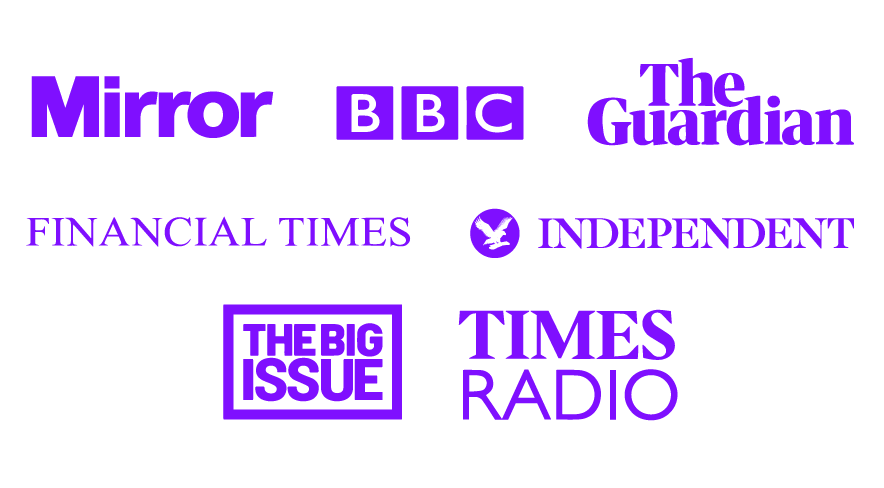When the aim of your research is to engage with lived experiences, what happens when a global pandemic means you can no longer share the same physical space as your research participants?
Based at the Centre for Food Policy, we conduct policy-focused research that explores people’s experiences of food and their food environments, together with the intersecting structural factors that shape them. Typically, this has meant ethnographically informed research – being physically present in our participants’ home and external environments – that allows us to engage, in real time, with food-related practices, and ground our findings in a particular space and place. For example, in a recently finished study which looked at low income families’ experiences of their food environments, we accompanied participants on shopping trips and observed how they navigated supermarkets and other food spaces on a constrained budget. Our findings revealed the multiple roles that food environments play in the lives of families on a low income, such as providing sources of affordable treats and offering inexpensive opportunities for social engagement. It is this extended engagement with people and places that allows us to develop food policy insights that account for how structural processes are reflected in individual experiences.
Jumping to the present, the COVID-19 lockdown has resulted in a food environment quite different from the one we investigated in our 2018-19 research. Emerging evidence suggests that the lockdown and its impacts are likely to widen existing diet-related health inequalities. Ethical concerns about conducting research at this time notwithstanding, we felt it was important to understand how families’ experiences of food and food environments might have changed and be contributing to widening inequality, so that future food and nutrition policies could take this into account.
Remote research presents both opportunities and challenges. Collecting data exclusively online means that we will be able to recruit participants living across the UK. Furthermore, previous research has found that participants often find virtual methods of data collection more convenient, and researchers currently in the field have found that participants are open and comfortable in a remote interview setting. However, we have had to think carefully about how we explore people’s practices in particular spaces when we can’t see them in those spaces ourselves.
To supplement in-depth interviews, which we will conduct at six month intervals over the next year, we plan to incorporate two additional methods into our research with families: photo-elicitation, where participants spend time taking photos that capture the lived reality of a particular topic, and participatory mapping, where participants are invited to create visual maps of their locality which “express their ideas and thoughts in an easy to understand and enjoyable visual format”. In the context of this project, photo-elicitation will involve the participants taking photos that document their encounters with food and the food environment, and mapping with involve recording the places they go to get food, and the routes they take to get there.
Not only can both of these methods capture how people interact with physical environments, without a need for the researcher’s presence, but photography and mapping can facilitate a political process in which participants can communicate the boundaries and opportunities for agency in their everyday life and locality. With recent media reports contributing to a narrative that frames nutrition as an issue of individual responsibility, these are useful tools to highlight how the possibilities for individual choice are situated within a complex environmental contexts.
While photography can be conducted in the participant’s own time (either on a smart phone or a camera we provide), participatory mapping is often used as a tool within interviews, with audio and visual data collected simultaneously. In a remote setting there are numerous complicating factors. Although drawing the maps online so that the participant and researcher can see them simultaneously would be ideal, this involves finding software where people can draw during video calls, and an assumed level of IT literacy and digital access. Instead, we are opting to the send materials out to participants to create the maps in their own time. This has the added benefit of allowing participants to fit this task around their existing responsibilities. They will then be invited to document their movements, experiences and thoughts on this map throughout the subsequent week, before their second interview. We are hoping to send participants back physical copies of these photographs, so that they may add these to their maps and locate where these moments occurred geographically. In follow up interviews we plan to use a photograph of this map as a tool to facilitate discussion.
While nothing can replace the insights gained from physical presence, we hope these methods enable us to understand people’s experiences of place within the constraints of our COVID-19 reality. Conducting this study longitudinally and with methods designed to situate data in its physical environments should allow us to provide insights into potential opportunities for future nutrition and related policies to create more health-enabling food environments.
Bios:
Charlotte Gallagher Squires is a Research Assistant at the Centre for Food Policy. She is currently working on the COVID-19 Food study which is funded through the NIHR Obesity Policy Research Unit. Charlotte completed her undergraduate degree at the University of Bath, during which she spent 11-months working as a Research Assistant in Community Health Psychology at the University of Stellenbosch, South Africa.
Anna Isaacs is Postdoctoral Fellow at the Centre for Food Policy. She is currently working on a series of projects for the NIHR-funded Obesity Policy Research Unit, exploring how food policies can better support positive nutritional outcomes, particularly in areas of deprivation. More broadly, Anna is interested in exploring how social, political, economic, and environmental factors shape experiences of health and wellbeing in different contexts, how these factors leads to health inequalities, and what policy can do to address this. She has expertise in a range of in-depth qualitative and participatory methods, and experience of working with diverse communities in areas of deprivation.
Twitter: @anna_isaacs


